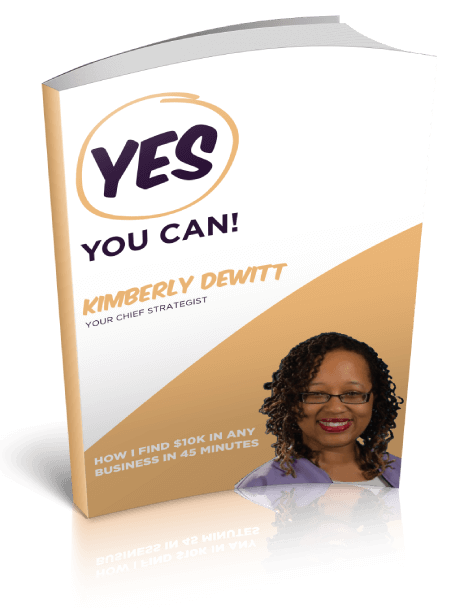Today I’d like to discuss the science of the memes and how
spreading ideas around and through society is ingrained in humans.
Memes
This refers to types of ideas that spread the fastest through
society, why they spread fast and how that affects consumerism. You can use
this same information to create a lasting positive impression about your
company, products and services. People are more likely to try a new product or
services when they feel protected and reassured by the masses.
It’s been determined that spreading ideas is essential to the
survival of a society. There are 5 main situations where this occurs. They are:
- Crisis
- Mission
- Problem
- Danger
- Opportunity
Think of evangelism. This is prime example of people not only
spreading the word, but convincing people to jump on board and start to spread
the word themselves. To do this effectively, you need to incorporate a few key
things that always catch people’s eye:
- News
- Unique Results
- The Unusual
- Helping Others
- Secrets
Next we are going to switch gears a little and talk about
viral marketing. While, traditional marketing can be used to your advantage,
the reality is viral and online marketing is the king of the castle. You can
spread the word online like the plague, if you know what to do. Here are some
simple steps to do this:
- Find an interesting idea
- Make it easy for people to
experience or trial
- Spread the idea while people who
are in close contact with others
- Take advantage of existing
communication methods
- Develop the way of trying your
product in such a way that it automatically draws more try-ers
Some great places to use viral marketing are:
- Geocities
- Amazon
- Roger Wilco
- YouTube
- Facebook Messenger
- Instagram Messenger
- TikTok
- Gmail
- “Tell A Friend” Buttons
- E-Greeting Cards
There are six things everyone should be doing to benefit from
word of mouth on the Internet:
- Put WOM components on your
website.
- Assign people to monitor your
viral marketing.
- Place testimonials in different
places on your website to walk a customer through the purchasing cycle.
- Set up an email marketing
campaign.
- Stay up to date on what products
and services the experts in your industry are recommending.
- Use your website to demonstrate
the great ways people are using or finding success with your products and
services.
This wraps up the lesson on traditional and viral marketing.
If you need help putting together any of the plans or successes in this lesson,
try our FREE test drive to get all the help you need to put these plans into
action.



